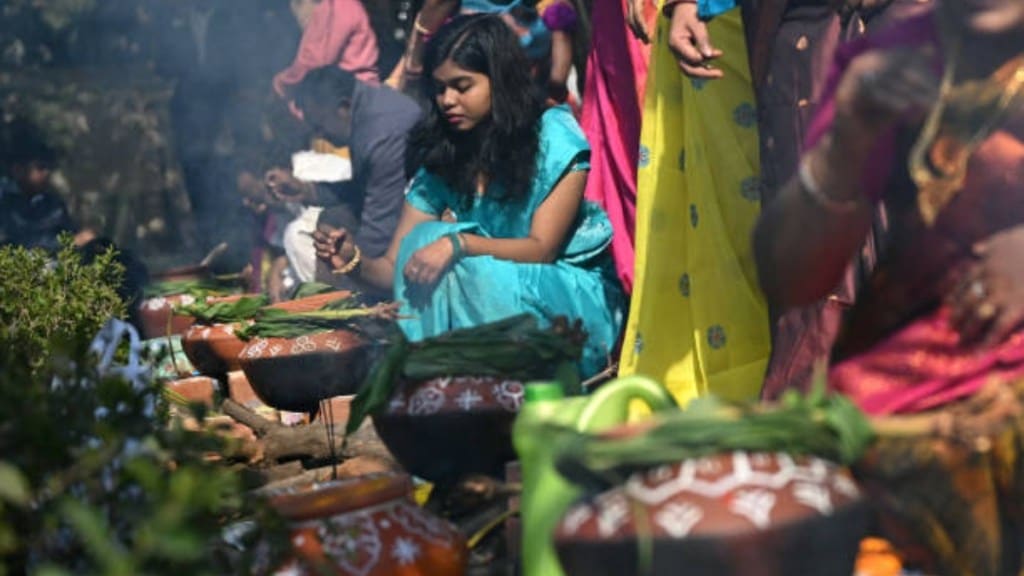Pongal 2025 Date, History, and Significance of the Harvest Festival: Every year, millions in South India eagerly await the vibrant, four-day celebration of Pongal. But what makes this festival so significant, and what does it symbolize? As Pongal 2025 approaches, it’s the perfect time to delve into the history, traditions, and meaning behind this harvest festival that unites families, communities, and the agricultural spirit of the region.
When is Pongal 2025?
Thai Pongal, marking the start of the Tamil month of Thai, usually coincides with Makar Sankranti in North India, Lohri in Punjab, and Uttarayan in Gujarat. Widely celebrated in southern India, this festival honors the harvest season with joy, rituals, and cultural festivities.
In 2025, Pongal begins on Tuesday, January 14, and concludes on Friday, January 17. Spanning four days, each day is dedicated to specific rituals that reflect the agricultural heritage of the region and provide an opportunity for families and friends to come together in celebration.
The historical significance of Pongal
Pongal is one of South India’s most ancient and colorful festivals, deeply rooted in Tamil culture and Hindu mythology. This festival is a time to express gratitude to Surya, the Sun God, for a bountiful harvest. Its origins trace back to the Sangam era, emphasizing its long-standing connection with agrarian life.
One prominent legend associated with Pongal is the tale of Lord Krishna and Lord Indra. According to the story, Lord Krishna protected the villagers of Gokul from a storm sent by an enraged Lord Indra by lifting the mighty Govardhan Hill, shielding them from harm.
Significance and cultural importance of Pongal
Another myth involves Lord Shiva and his bull, Nandi. As the story goes, Lord Shiva cursed Nandi to live on Earth, tasking him with helping humans cultivate food, underscoring the festival’s ties to agriculture.
Pongal coincides with Makar Sankranti, celebrated across India under various names, but its essence remains the same: a joyful tribute to nature, the Sun, and the hard work of farmers. This festival exemplifies gratitude, unity, and the spirit of harvest.







